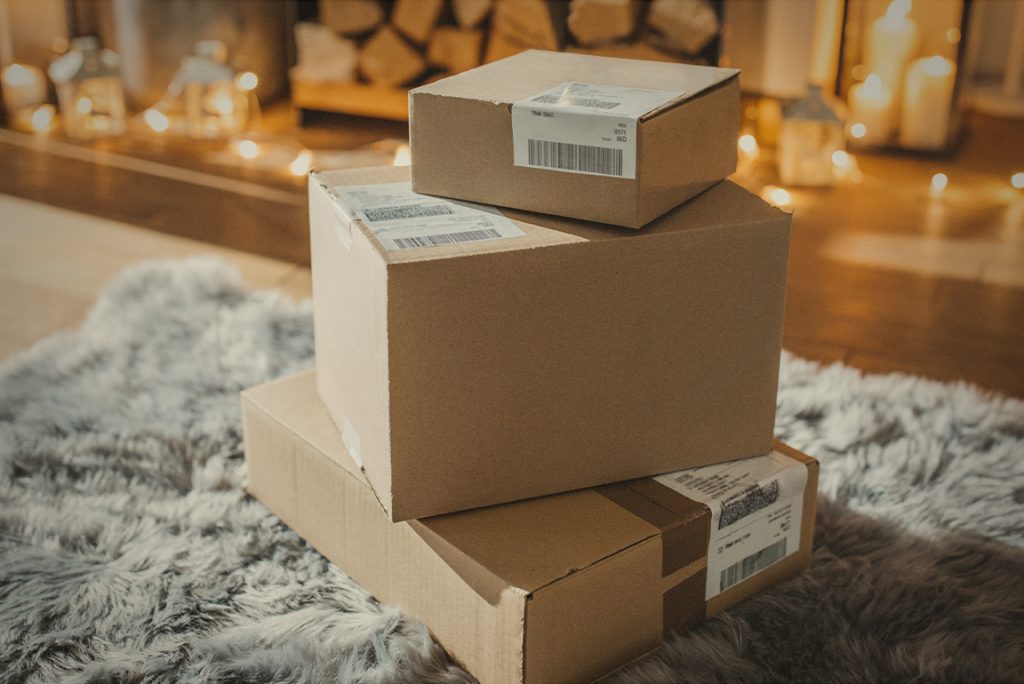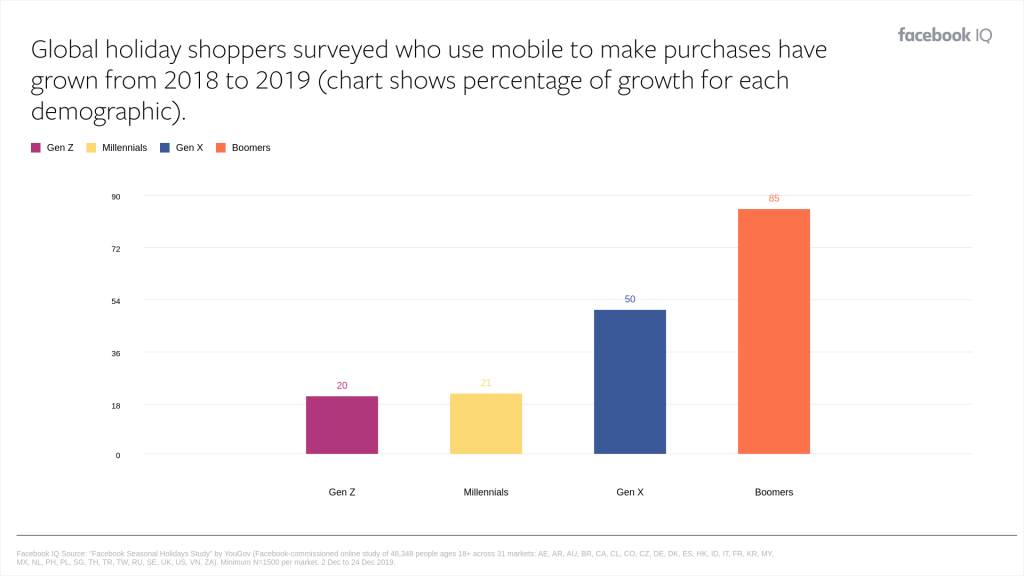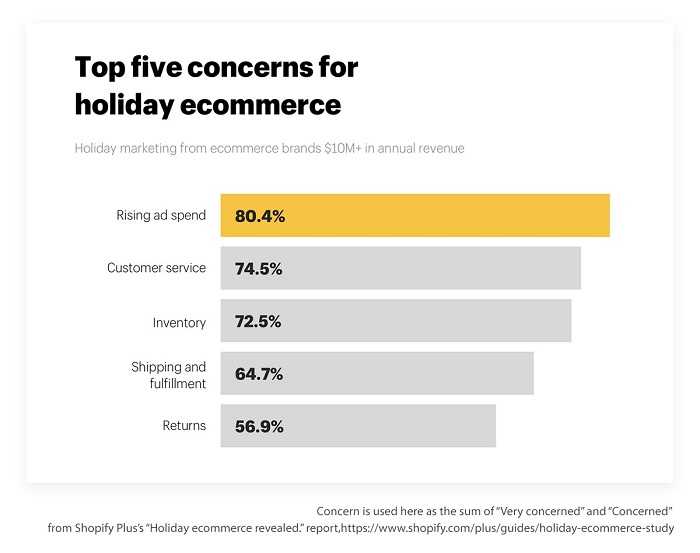
Top 5 Predictions for BFCM
It’s the most wonderful time of the year. Or is it?
Between the economic downturn and the second wave of COVID-19, this holiday season is promising to be just as unpredictable as the rest of 2020 has been. But does the pandemic really have the chops to take down one of the most culturally relevant shopping seasons in the world?
Although 56% of Canadian shoppers say the pandemic will affect how they shop for the holidays this year, buying trends suggest that mega sales like Black Friday and Cyber Monday (BFCM) might be more top-of-mind than ever. Strained finances mean consumers are more sensitive to price, and with nearly 1 in 3 global respondents saying they’ll wait for products to be on promotion, discount, or sale before purchasing, the timing of BFCM couldn’t be any better.
So, how can retailers prepare for such an unprecedented shopping season? One thing is certain: stay on your toes.
1. Flock to Digital
In the past 5 years, we’ve seen BFCM transition into a more digital affair. Now, with heightened restrictions on in-person shopping due to COVID-19, people will be looking to spend less time in physical stores and increase their reliance on mobile-first ecommerce. In fact, more than a third of Canadian shoppers who normally shop in-store for Black Friday say they won’t this year.
Even those who do shop in-store will use digital resources to plan their trip. Prior to the pandemic, the physical shopping experience often began long before shoppers arrived at the store. This is even more true today, as availability and local convenience have become priorities — evident by the 100% increase in searches for “available near me” compared to last year.
In summary: your digital experience better be up to the challenge. If it isn’t there yet, it’s time to get moving.

2. Start Earlier, End Later
With over 70% of consumers planning their shopping earlier to avoid crowds, big box stores are shifting their approach to BFCM. Home Depot, for example, plans to offer Black Friday prices for two months, beginning in early November through December. The retailer said it decided to “reinvent” Black Friday this year in order to reduce stress for consumers who typically rush to stores in droves to grab the best deals.
At the same time, Asian-born mega sales days like Singles’ Day (also known as 11/11), which was the world’s most profitable day for retailers in 2019, could be sparking the launch of a brand new shopping event in North America known as 10/10. Best Buy, for example, says its sales will begin as early as October while Amazon’s long-awaited Prime Day is set to occur around the same time.”The focal point is not that single day anymore. It’s an event spread out over several days,” said Neil Saunders, retail analyst and managing director at GlobalData Retail
View this post on InstagramPrime Day is back! Get two days to save on everything you need and love. Oct 13 & 14. #primeday
3. Rising Media Costs
While a 25% spike in ad costs is typical for this time of year, the added pressure from consumers to go digital, coupled with a lengthier sales season, means we could be gearing up to see the most expensive holiday season ever.
In short, more advertisers leads to more competition, which leads to higher costs. And even if costs don’t rise, the sheer number of players in the digital space means the fight for consumer’s attention will be fierce.

4. Video over Everything
Video is bigger than ever. It’s estimated that the average person will spend 100 minutes every day watching online videos in 2021. That’s a 19% increase compared to 2019! And the more video hours are being consumed, the more inventory for video ads.
What’s more, moving into areas like video will help retailers’ media spend go further. Not only is there less competition in the space, but higher search volume means ad dollars invested will have higher returns. The proof is in the pudding:
- 89% of video marketers say video gives them a good ROI
- 83% of video marketers say video helps them with lead generation
- 87% of video marketers say video has increased traffic to their website
- 80% of video marketers say video has directly helped increase sales.
And with so many options for stock video assets at their disposal (including Google’s own library available to advertisers), brands should be looking to video to drive awareness and consideration well before the sales season arrives.
5. Stay Agile
Retailers will be navigating uncharted waters this sales season and should ensure their strategies remain agile to meet customers where and when they feel comfortable. No matter the predictions, a certain level of sensitivity toward the ever-changing landscape — whether it be social, political, and so on — will be crucial to success through BFCM and beyond. Expect surprises. Take a proactive approach. Pivot quickly. And call us if you need us.
